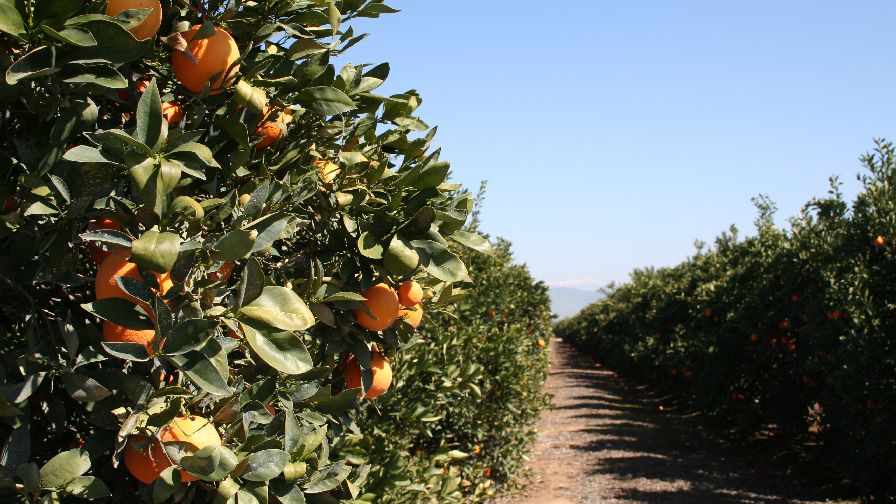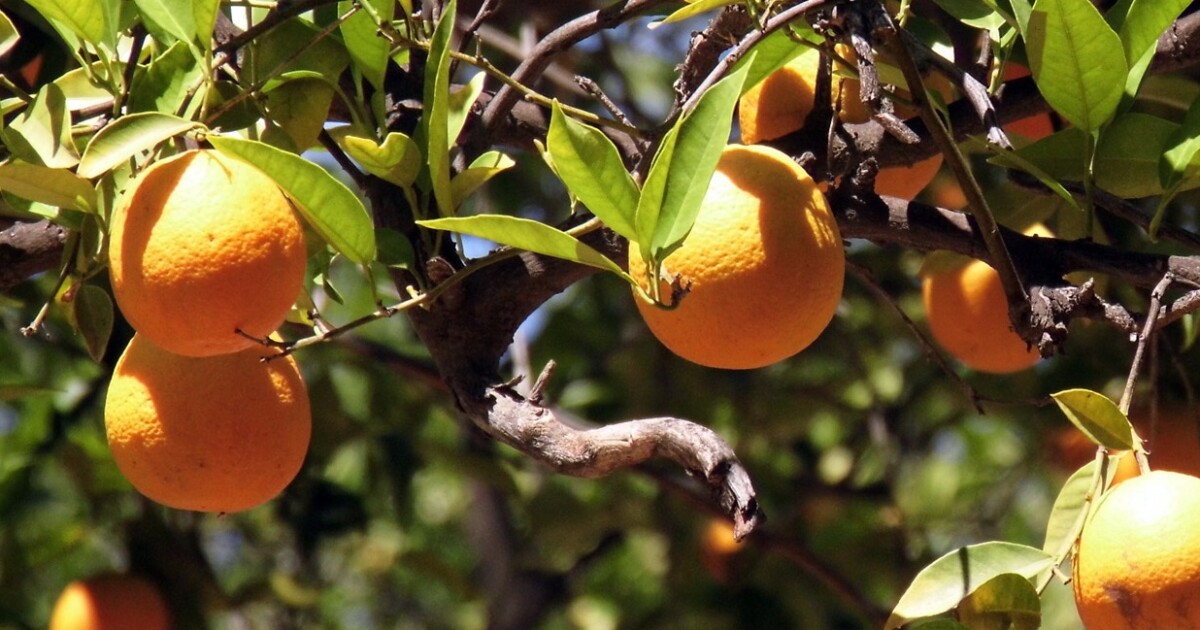
The Disease Threatens Many Types Of Citrus Trees Across California
HLB is threatening orange lime, lemon, and grapefruit trees, amongst others, by way of the infected insect called Diaphorina citri Kuwayama, that can cause the deadly contamination. HLB has been an issue for citrus trees across America for years and now California is bracing for the brunt of the next wave.
The state has now overtaken Florida in orange production, as Florida struggles with crop failure that is happening because of a persistent pest. Director of the Citrus Pest and Disease Prevention Division at the California Department of Food and Agriculture Victoria Hornbaker told Food & Wine: “In California, we are a fresh fruit state; those beautiful pieces of citrus that you see on your table and at the grocery store, if impacted by this disease, will never fully ripen and have a rancid taste.”
The division is working alongside researchers, community residents, government officials, and business owners that are working tirelessly to save and protect California citrus from diseases and invasive pests.
Horbaker continued: “We look at Florida, they’ve had HLB since 2005, and their production is less than half of what it used to be.”

This Can Cause Thousands Of Job Losses & Price Hikes
California makes about $7 billion in citrus production and employing 22,000. The deadly plat diseases mean that thousands of workers’ livelihoods are at risk, as well as increased citrus prices. It is imperative to work quickly in order to avoid devastation like Florida experienced with its HLB devastation.
Communications Consultant for Florida Citrus Mutual Tamara Wood told Food & Wine: “We had hoped that our experience and research here in Florida would have provided California with strategies to prevent the spread of the disease, and while I do believe they are in a better place to combat the effects, we just haven’t found that silver bullet to stop it yet.”
According to Hornbaker, HLB is only impacting residential citrus growers in California for now, but things could take a turn for the disastrous if they spread to the commercial growers. She said: “If our commercial citrus gets infected with this disease, we could potentially lose California citrus.”
The California Department of Food and Agriculture is working hard to warn residents of the issue while researchers all around the country are working on finding a cure. As Hornbaker said: “There is a lot of work going into determining varieties that are resistant or tolerant to the bacteria. We’re going to continue to work closely with all of our partners and keep preventing, knock on wood, the spread of the disease into commercial growth.”









